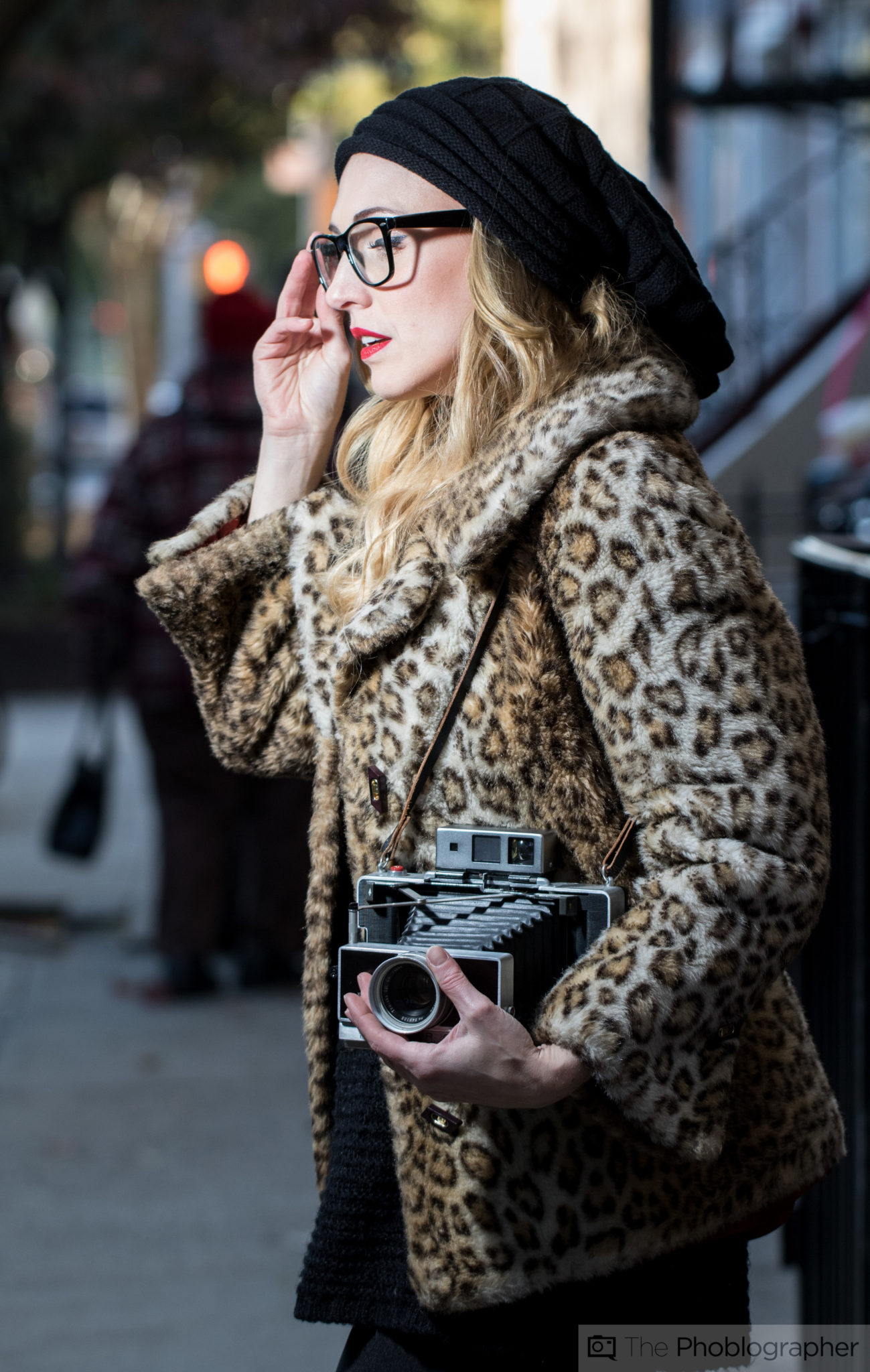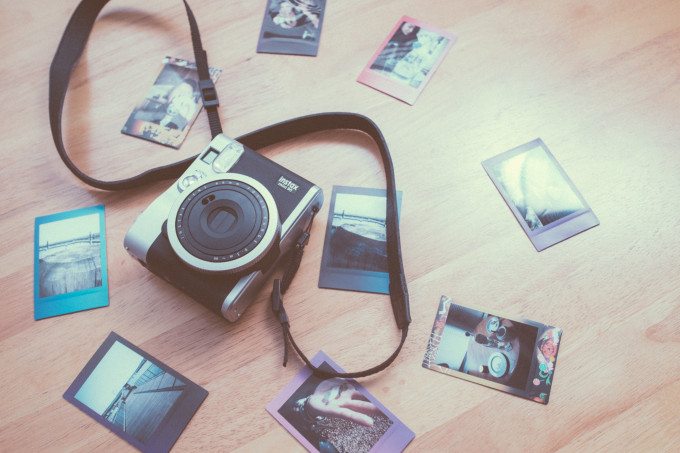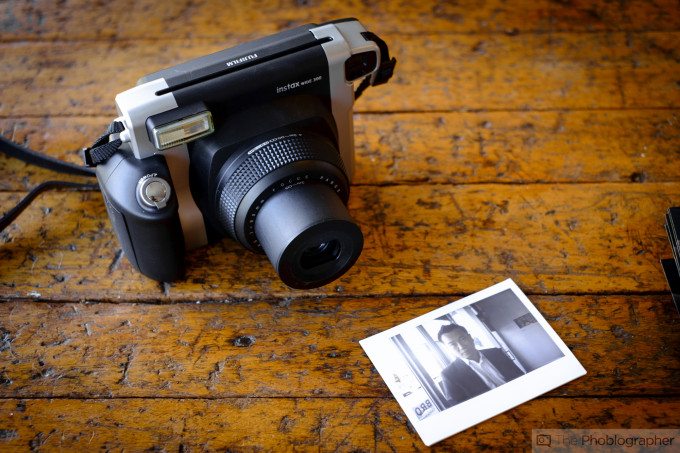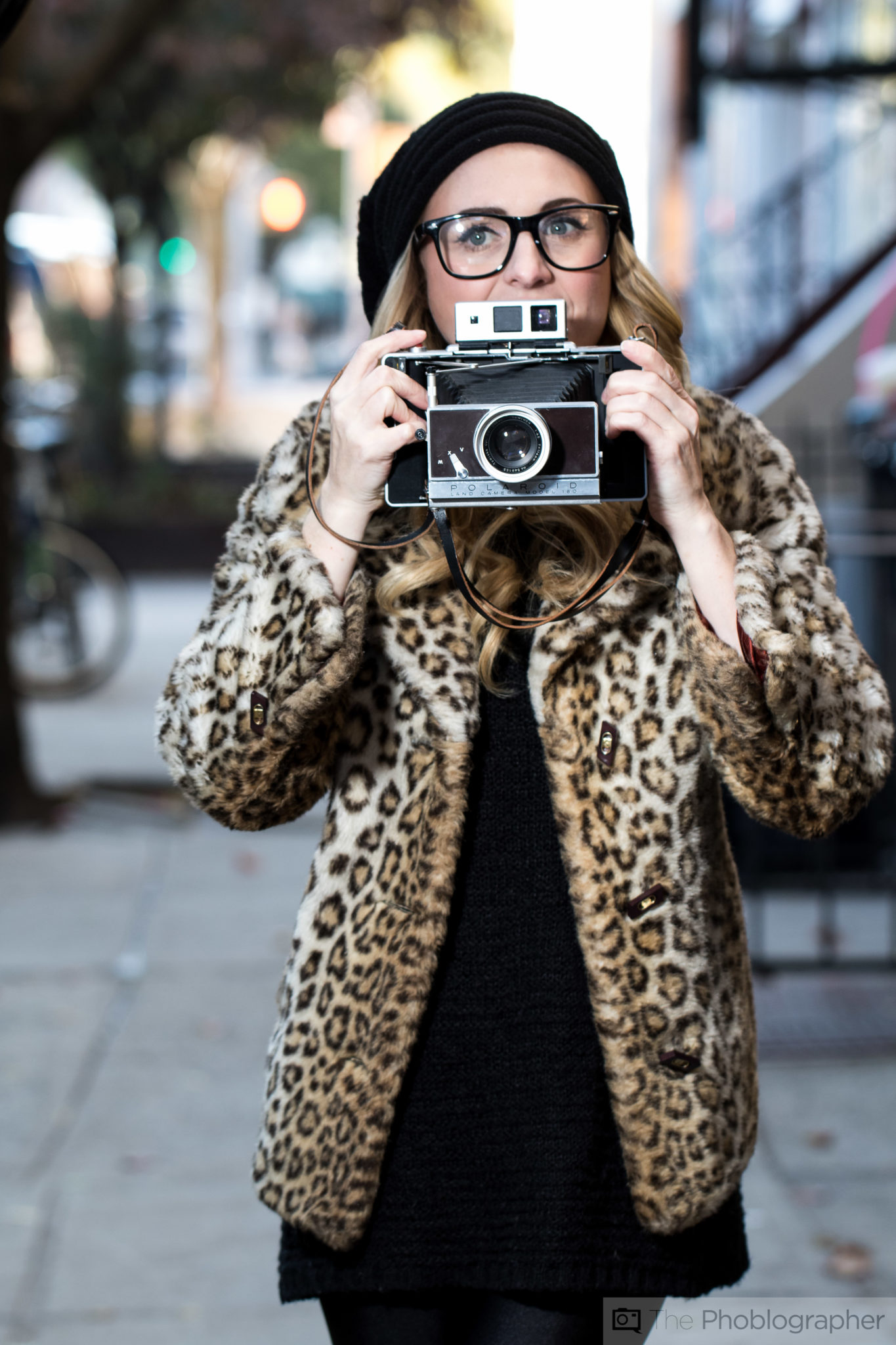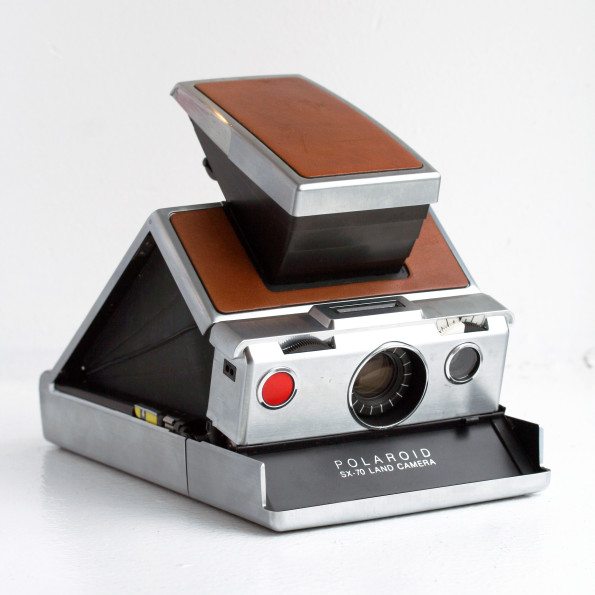Instant Film Formats are in some ways more plentiful than negative film. Though they’re much more specialized, Instant film is used by both professional and enthusiast alike when they want a specific look. For years now there have been many different formats for many different needs. In fact, Instant Film was made in large format for a while before being discontinued. What’s leftover is mostly tailored for the person looking for a specific look to their images.
Here’s a rundown of all the modern Instant Film formats.
Fujifilm
Fujifilm is one of the biggest manufacturers of instant film, though their target market is mostly with enthusiasts and the more hipster amongst us. They’re the makers of Instax film that so many people love to use due to the simplicity of the camera and the immediacy of the images.
Fujifilm Instax Mini
Uses: Parties, dates, experimental work with a Diana F+ and the instant back, and overall just fun. These photos are around the size of a business card.
We’re serious about using it for a date if you’re dating another creative like yourself.
Cameras to Use With: All Fujifilm Instax Mini cameras, Mini 90, Lomography’s Lomo’Instant camera.
Fujifilm Instax Wide
Uses: Basically the same thing as Instax Mini but much, much wider in format and look. Instax Wide and Mini come only in color formats; though we really wish that Fujifilm made a black and white format.
Cameras to Use With: Fujifilm Instax Wide 300
Fujifilm Professional 3×4 Inch
Uses: Professional work for the most part, though there are some Polaroid Land cameras that use this film and only have automatic functions. This film is best suited for professionals because of how large it is, the colors, and how versatile it is with many cameras on the higher end with manual controls.
Unfortunately, Fujifilm discontinued their 3000 ISO black and white film–which was really beautiful. If you’re lucky, you can still pick some up. These days, you’re only working with 100C Color film.
Cameras to Use With: Polaroid Land cameras, pretty much any medium format SLR camera that has an Instant back. Got a Hasselblad? Or a Bronica? Or Mamiya? You’re in luck.
Impossible Project
A couple of years back, some folks decided to undergo a very tough task. They planned on reverse engineering Polaroid film that was famous and used for many years by folks all across the world. Their experiments have yielded some very interesting results and they’ve continued to improve as the years progressed.
Polaroid 600
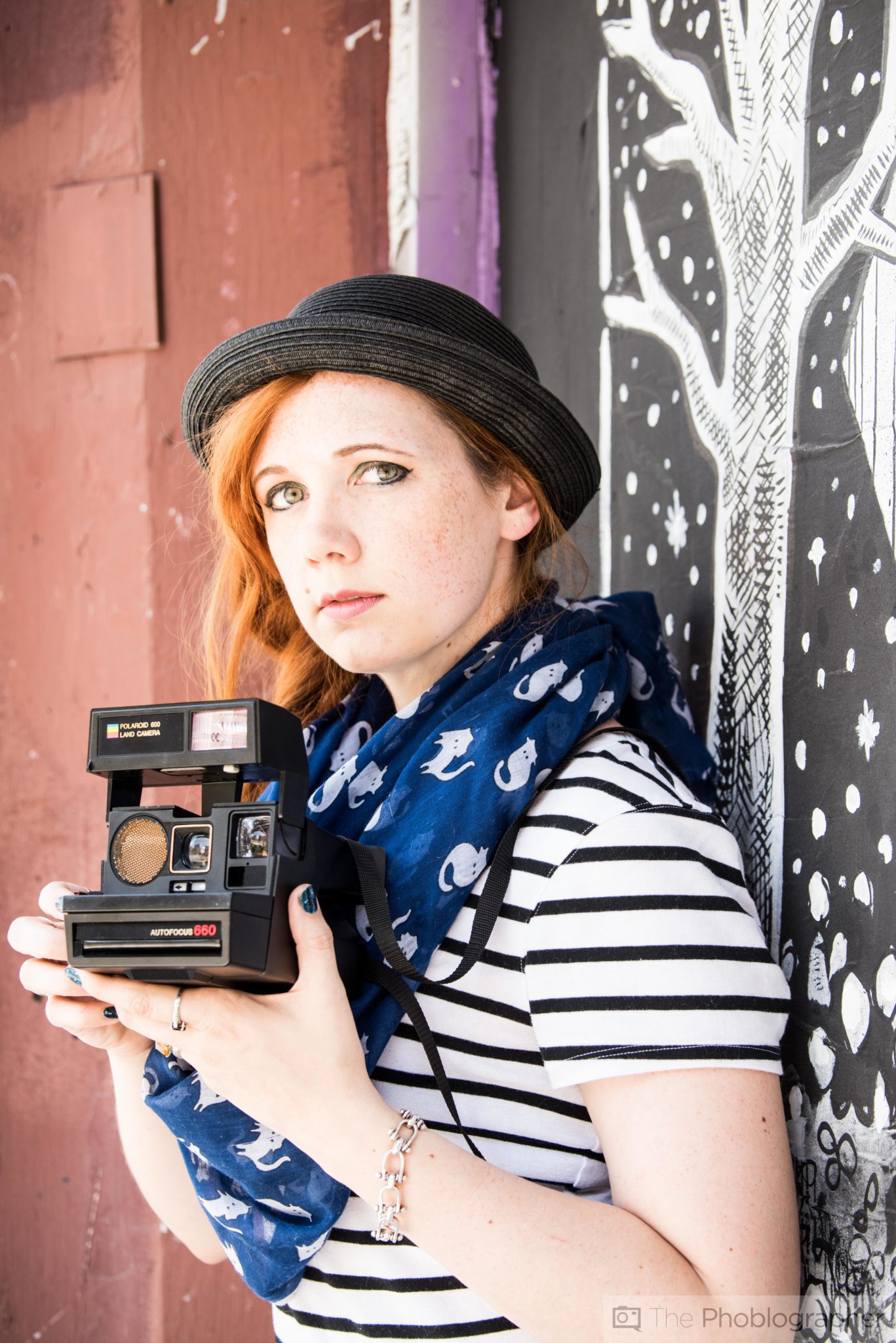
Uses: Trolls on the internet will tell you that this stuff is only used by hipsters. We’re not denying that that isn’t true, but there are lots of folks that love the look of 600 film. For some of these cameras, the battery is built into the film pack–so when you insert the film into the camera you get the idea whether or not it will work.
Cameras to Use With: Polaroid 600 Sonar focusing cameras are some of the most popular snap shooters to use this film. You can pick those up at pretty much any garage sale.
Polaroid SX-70
Uses: The Polaroid SX70 is used mostly by enthusiasts that love to manually focus their images and also has a pretty darn big format. Professional photographers like Emiliano Granado have used the camera for modern professional shoots.
Cameras to Use With: The Polaroid SX70. Did you really have to ask this question?
Polaroid Spectra
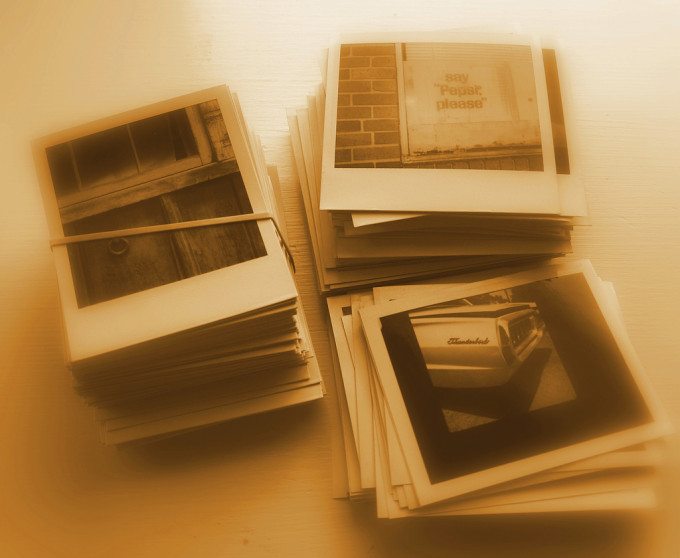
Uses: These cameras were compact and simple to use back in the day. They still are, but they’re also able to spit out a giant image. For the most part, in the later days these cameras were mostly used for work purposes.
Cameras to Use With: There’s the ProCam Image camera and various other Spectra cameras that can use this film.


